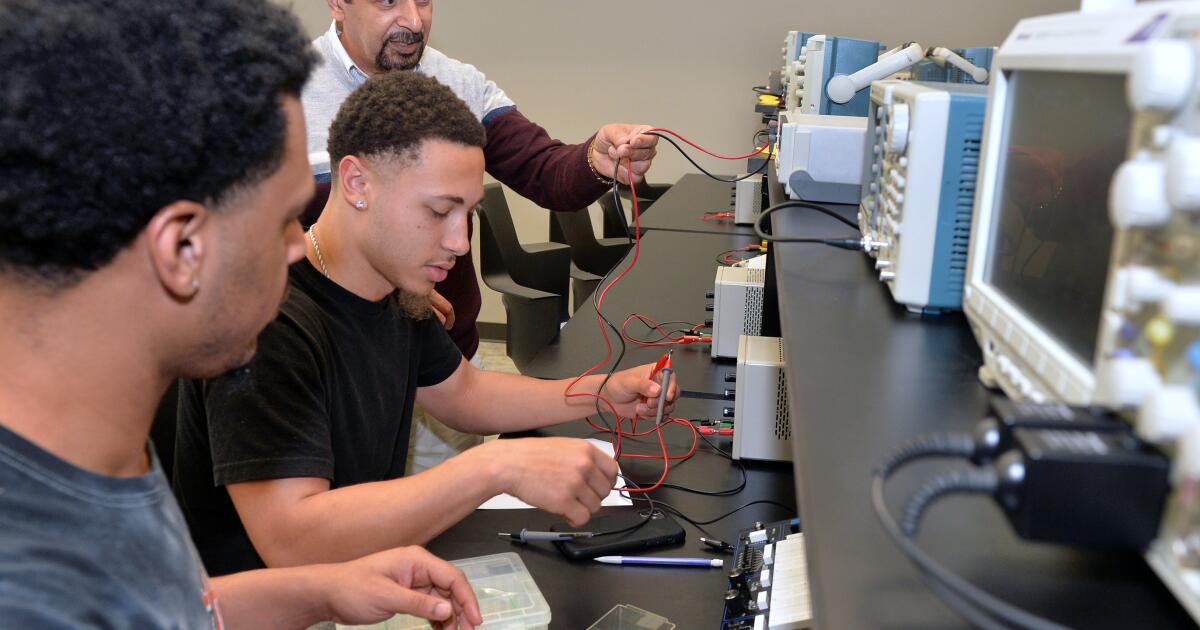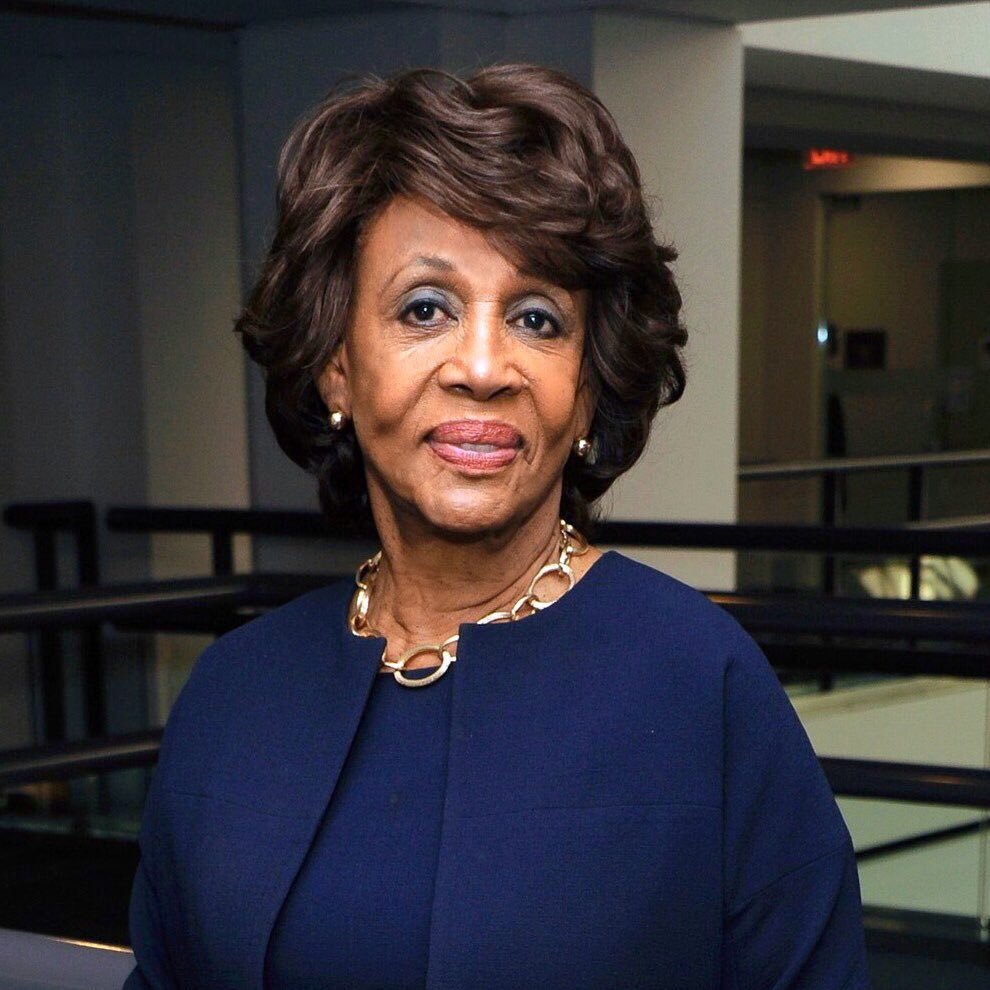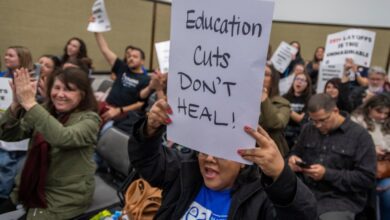Set college costs based on what graduates are likely to earn

It took me by surprise when my son initially floated the idea of not going to college. His mother and I attended undergrad together. He was an infant on campus when I was in grad school. She went on to earn a PhD.
“What do you mean by ‘not go to college’?” I pretended to ask.
My tone said: “You’re going.” (He did.)
The children of first-generation college graduates are not supposed to go backpacking across (insert destination here). They’re supposed to continue the climb — especially given that higher education was unattainable for so many for so long. The thought of not sending my son to college felt like regression for our family. In retrospect, our conversation said more about the future.
A 2023 study of nearly 6,000 human resources professionals and leaders in corporate America found only 22% required applicants to have a college degree.
The labor shortage is one aspect of the conversation. The shift in academia’s place in society is more significant.
I’m sure that sounds like a good thing for young people joining the workforce. As an educator, my concern is what happens to a society if only the wealthy pursued higher education. Oh, that’s right: We did that already, back before there was a middle class … and paid vacations.
Though it must be said the lowering of hiring requirements isn’t the only threat to the college experience.
Academia has publicly mishandled the campus tensions and student protests that began after the Hamas attack against Israel on Oct. 7, and that certainly hasn’t been good for academia either. Neither has canceling commencement speakers … or commencement itself. Add in the rising costs — up nearly 400% in 30 years compared with 1990 rates — and, well, the college bubble hasn’t quite burst, but it’s hemorrhaging.
Forgiving student loan debt — whether you agree with the idea or not — addresses the past.
The future of colleges depends on the future of labor. If employers are making it easier to enter corporate America without a degree, then universities must adjust how much cash they try to extract from students and their families, because the return on investment will be falling.
College enrollment has already been declining for a decade, and it’s not because Americans have become less ambitious or less willing to invest in their children’s futures. It’s because of eroding confidence that a degree guarantees a higher quality of life.
Imagine that your high school senior is interested in going to college and wants to major in education or communication or the arts. The sticker price for tuition, even at a state school, is going to look pretty steep. If your child were headed toward a degree in engineering or business, that same tuition might feel like a better bet.
There’s no reason tuition rates couldn’t vary to reflect this reality. Colleges and universities should set tuition rates for classes based on the earning potential of the discipline studied.
If our groceries stores can figure out a way to charge us more for organic produce, then surely this great nation can devise a system to set college costs that accounts for future earnings.
For example, according to the National Education Assn., the starting salary for a teacher in California is about $55,000, the fourth highest in the nation. For California residents, the cost to attend UCLA comes to almost $35,000 a year, without financial aid. That math just doesn’t work.
It’s easy to see why 20% of the nation’s teachers work a second job during the school year to make ends meet. Between 2020 and 2022, the nation lost about 300,000 educators, and we’re facing a teacher shortage. To address the issue, a number of states have loosened the teacher certification rules to make it easier to get more bodies in the classroom, which sounds … less than ideal.
Instead, why not lower the cost of credit hours for college students pursuing a degree in education? Wouldn’t parents feel more comfortable knowing the people in the classroom set out to teach and earned the credentials?
If colleges don’t find ways like this to lower costs for at least some students, higher education will become a relic. Just as cable cutting reshaped the economics of the TV industry, the trend of corporate America moving away from degree requirements is going to put pressure on universities to make some big changes.
There have already been tectonic shifts in a short period of time. Because of the COVID-19 pandemic, colleges lost international students, who once propped up many institutions by paying higher rates than Americans.
Attendance by Americans is forecast to plummet starting next year. Because of low birth rates and low rates of immigration, the U.S. has fewer young people in the classes graduating from high school after 2025.
And perhaps most importantly, our confidence in college is slipping. In 2015, when my son graduated from high school, Gallup found nearly 60% of Americans had a “great deal” or “quite a lot” of confidence in our higher education system. It was under 50% in 2018. It was under 40% last year.
No telling what that number is today.
Which is sad because there is still so much to value — beyond career choices — to a liberal arts education. Given how we live, college is one of the few places we have left in America where young people from different walks of life can meet. That’s important to the health of a nation as diverse — and segregated — as we are.
Colleges will naturally shrink because of demographics, and they can use this time to adjust their business models as well and charge fairer prices. We need young people to be able to replenish all career fields, and that includes art and music and education. It’s time to rethink the economic approach so they aren’t saddled with debt that those careers can’t repay.




